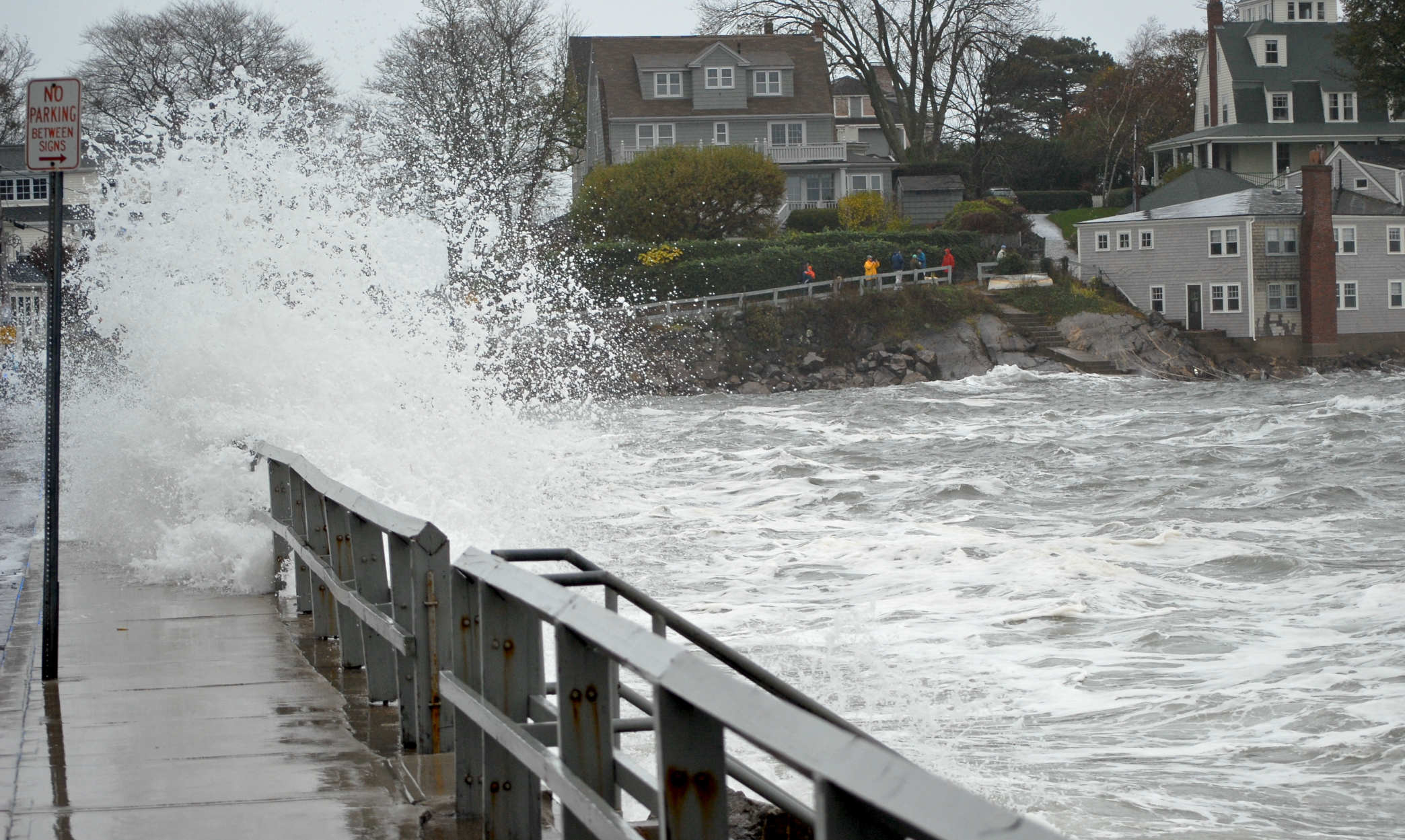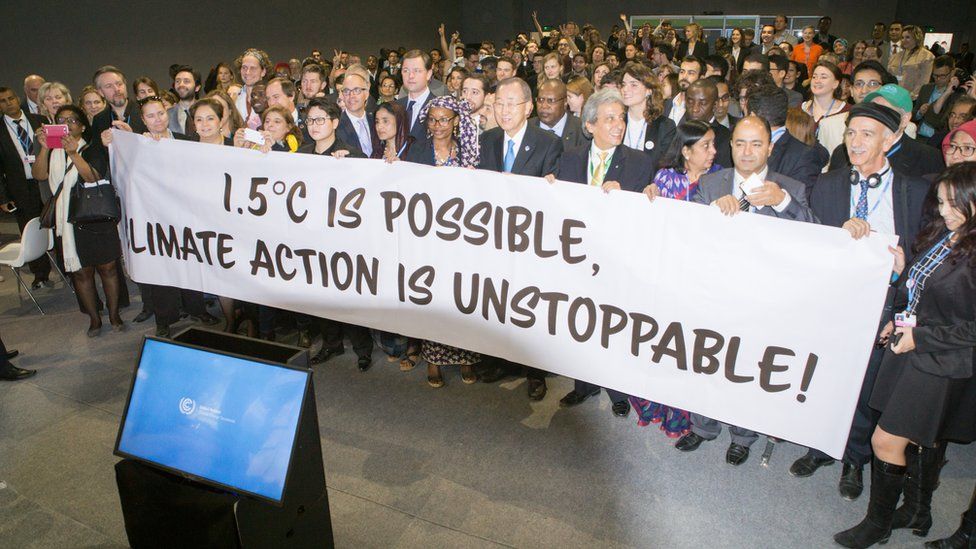|
FLOP
26 - At face value, things do not look promising, for a simple reason: the previous 25 of these giant
COP conferences failed to turn off the tap of the greenhouse gases that are driving up global temperatures.
Reference: David Shukman BBC science editor.
Despite three decades of talking, the planet is now at least 1.1C hotter than the pre-industrial level - and rising.
For the COP26
conference, however, expectations for real progress were higher than usual.
Even then, the conference flopped. With India, China and Russia refusing
to agree coal reductions.
This was despite floods in 2021 killing 200 people in Germany, heatwaves
striking chilly Canada and even the Siberian Arctic burning.
And scientists are clearer than ever that avoiding the most damaging temperatures means halving global carbon emissions by 2030 - a deadline looming close enough to focus minds.
COP27
is the next opportunity to focus. In 2021 key political leaders ended the G20 summit in Rome setting an ambition to reach carbon neutrality "by or around mid-century".
With the current hostilities, it is thought that little progress will be
made until COP28 (2023) or COP29 (2024), which was the Foundation's
target for the Elizabeth
Swann to be in the water.
Follow
on conferences, where temperature mitigation action could be considered
and agreed, could be pushed back until peace is achieved between Russia
and the Ukraine. It is all the more important to lead by example, to
demonstrate technology that takes us away from reliance on oil and gas.
The energy medium that fuels conflict.
In a draft of their final communique (seen by the BBC) the G20 have agreed to pursue efforts to limit
global warming to 1.5C.
That goes further than the Paris
agreement in 2015, in which much of the world agreed to keep global warming "well below" 2C.
The G20 is a global forum where 19 countries and the European Union discuss major issues.
A glance at the recent history of the earth's climate shows that the mean surface temparature has been relatively constant. During the past 40 million years the global mean temperature has been varying by only 10 degrees Kelvin and in the past 10.000 years the variation was only of about 1 degree.[2]
Thus, even on large time scales the earth's temperature can be regarded as constant. In other words: There is no net transfer of heat from or to the earth's surface. It is in equilibrium with its environment and it therefore exhibits a constant temperature.
Since the earth is essentially surrounded by a vacuum, the only way of exchanging heat with its environment is through electromagnetic radiation because in contrast to conduction and convection this process does not require a propagation medium.[5][6] Indeed, there is a minor additional contribution through geothermal activity but this will be neglected in the following due to its relative weakness compared to the solar radiation.
ALBEDO EFFECT
Originally scientists were interested in the heat transferred to the earth.
Until recently they ignored the fact that a significant amount (≈30%) of the incident radiation is reflected (e.g. by clouds or ice) immediately without transferring heat at all. This percentage is called albedo and amounts to
a=0.3 for the earth.
The year 2020 tied with 2016 for the hottest year on record since record-keeping began in 1880 (source: NASA/GISS). This research is broadly consistent with similar constructions prepared by the Climatic Research Unit and the National Oceanic and Atmospheric Administration.
HOW HARD WILL IT BE TO KEEP BELOW THE LIMIT?
Very - the world has already warmed by around one degree and according to leaked drafts of the 1.5 report, we will sail past that limit by around 2040.
The new IPCC report won't tell governments what to do but will instead set out a range of approaches that will likely involve heavy cuts in carbon emissions, a rapid transition to renewable energy and lifestyle and dietary changes as well.
WHAT HAPPENS WHEN WE GO BEYOND 1.5 DEGREES?
The IPCC have spent a lot of time considering that question and have devised a cunning plan!
In their draft reports they talk about "overshoot", meaning that in many scenarios they expect temperatures to go beyond 1.5 but they believe they can be clawed back below the limit by using a range of technologies that will remove carbon dioxide from the air - these range from planting trees to more complex, untested machines.
Some experts, though, believe that there are considerable risks to this approach.
"A species that goes extinct at two degrees will still be extinct if you come back down to 1.5C," said Dr Stephen Cornelius from WWF, a former UK government IPCC negotiator.
"Some things may come back but some things are irreversible, in terms of taking a risk you'd want to try and keep below 1.5, and clearly that means faster, deeper earlier emissions cuts, and it probably means carbon dioxide removal. But these technologies - some of them we know what to do, but some are early days and need to be assessed."

GRANTHAM BRIEFING
Small island states – aware that their survival is threatened by climate change – have made repeated calls in the negotiations for the world to commit to keeping temperatures to 1.5 degrees above pre-industrial level. But their call has largely fallen on deaf ears.
This is perhaps unsurprising given that its taken 20 years to get the world to commit to two degrees as a target, even in principle. But it is worth pointing out how far away from the current scientific reality the 1.5 degree target is.
A recent policy briefing from the Grantham institute and the Met Office detailed the challenges implicit in a 1.5 degree target, concluding that temperatures will now almost inevitably rise above 1.5 degrees. The best we can hope for, they suggest, is that with rapid emissions cuts it may be possible to end up with temperatures less than 1.5 degrees above pre-industrial – but only if temperatures ‘peak and decline’ following rapid cuts in emissions.
To have a more than 50% chance of achieving this, the report suggested immediate and very rapid emissions cuts would be necessary. The authors however note that
‘The feasibility of such rapid rates of emissions reductions is an area of active debate.’
There are also large scientific uncertainties about the feasibility of whether it is possible to ‘overshoot’ on temperature rise – possibly for up to 100 years – and then bring temperatures down again.
Without putting too much weight on one study, this kind of essentially fairly simple budgeting analysis shows that two degrees is in danger of becoming a ‘best case’ scenario, rather than the ‘must not be crossed’ limit it still occupies in much of the discussion on this issue.
And that raises some pretty fundamental questions about the framing of a lot of current climate geopolitics from politicians and advocates. It may be that a fixation on 2 degrees and less is in danger of missing the increasingly obvious – that staying under even that limit already requires a great deal of extra ambition and delivery on emissions cuts, as well as a modicum of luck. Despite the fervent wishes of diplomats, activists and affected people around the world, the basic science of
climate change isn’t going to change anytime soon.
IMPACTS
ON BIODIVERSITY AND ECOSYSTEMS
Loss of Species and Extinction — The report studied 105,000 species of insects, plants and vertebrates. At 1.5 degrees Celsius warming, 6 percent of the insects, 8 percent of the plants and 4 percent of the vertebrates will see their climatically determined geographic range reduced by more than half.
At 2 degrees Celsius warming, those numbers jump to 18 percent, 16 percent and 8 percent, respectively. The consequences of such range changes could be considerable. Take insects, for example. Pollinating insects, such as bees, hoverflies and blowflies that support and maintain terrestrial productivity, including agriculture for human food consumption, have significantly greater geographic ranges at 1.5 degrees Celsius warming than at warming of 2 degrees.
Fires, Extreme Weather, Invasive Species — The report finds risks from forest fires, extreme weather events and invasive species are higher at 2 degrees warming than at 1.5 degrees warming.
WATER AVAILABILITY
Between 184 and 270 million fewer people are projected to be exposed to increases in water scarcity in 2050 at about 1.5 degrees Celsius warming than at 2 degrees warming. Risks for groundwater depletion are projected to be greater at the higher temperature threshold as well.
EXTREME PRECIPITATION
The report finds that at 2 degrees Celsius warming, some places will see an increase in heavy rainfall events compared to at 1.5 degrees warming, especially in the Northern Hemisphere high latitudes (Alaska/Western Canada, Eastern Canada/Greenland/Iceland, Northern Europe, Northern Asia); mountainous regions like the Tibetan Plateau; Southeast Asia; and Eastern North America, with higher flooding risks.
More of Earth’s land areas will also be affected by flooding and increased runoff. Heavy rainfall from tropical cyclones is projected to be higher.
Tundra and boreal forests in Earth’s high latitudes are particularly at risk of degradation and loss, with biome shifts likely in the Arctic and in alpine regions. Limiting warming to 1.5 degrees Celsius instead of 2 degrees is expected to prevent 1.5 to 2.5 million square kilometers (579,000 to 965,000 square miles) of frozen permafrost soils from thawing over centuries, reducing their irreversible loss of stored carbon.
REFERENCES
[1] David G. Andrews An Introduction to Atmoshperic Physics Cambridge University Press 2000 (p. 5)
[2] J. I. Lunine Earth - Evolution of a habitable world Cambridge University Press 2013 (p. 238)
[3] E. Boeker, R. van Grondelle Environmental Physics Wiley 2011 (ch. 1.2)
[4] D. Randall Atmosphere, Clouds and Climate Princeton University Press 2012 (p. 28)
[5] M. de Oliveira Equilibrium Thermodynamics Springer 2013 (ch. 18.1.1)
[6] D. Randall Atmosphere, Clouds and Climate Princeton University Press 2012 (p. 27)
[7] E. Boeker, R. van Grondelle Environmental Physics Wiley 2011 (ch 2.1.1)
[8] D. Randall Atmosphere, Clouds and Climate Princeton University Press 2012 (pp. 28, 31)
[9] D. Randall Atmosphere, Clouds and Climate Princeton University Press 2012 (p. 31)
[10] E. Boeker, R. van Grondelle Environmental Physics Wiley 2011 (ch. 1.2)
[11] David G. Andrews An Introduction to Atmoshperic Physics Cambridge University Press 2000 (ch. 1.3.1)
"SDG
13 - Climate Action. UN's Sustainability
Development Goals
REFERENCE
https://climate.nasa.gov/news/2865/a-degree-of-concern-why-global-temperatures-matter/
https://www.carbonbrief.org/is-1-5-degrees-a-scientifically-realistic-target/
https://www.bbc.co.uk/news/uk-59110765
https://www.bbc.co.uk/news/science-environment-45678338
https://climate.nasa.gov/news/2865/a-degree-of-concern-why-global-temperatures-matter/
https://www.carbonbrief.org/is-1-5-degrees-a-scientifically-realistic-target/
https://www.bbc.co.uk/news/uk-59110765
https://www.bbc.co.uk/news/science-environment-45678338
|


